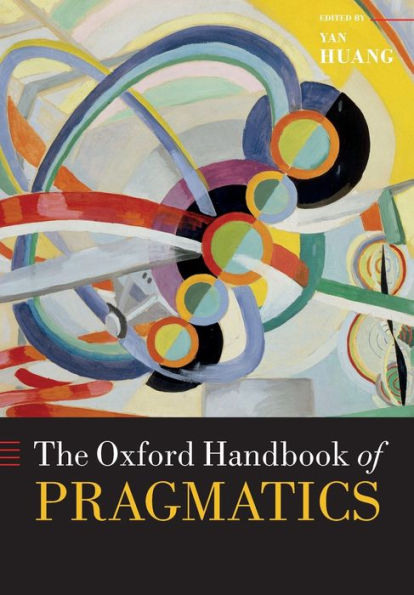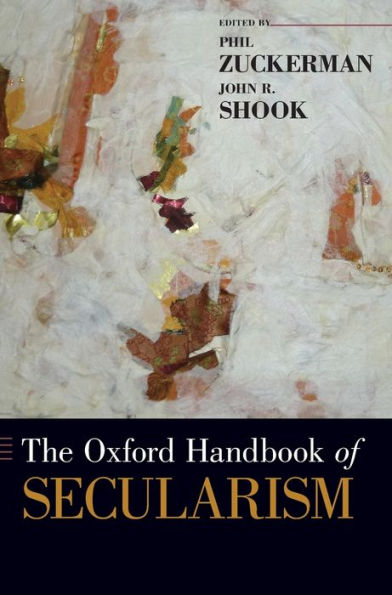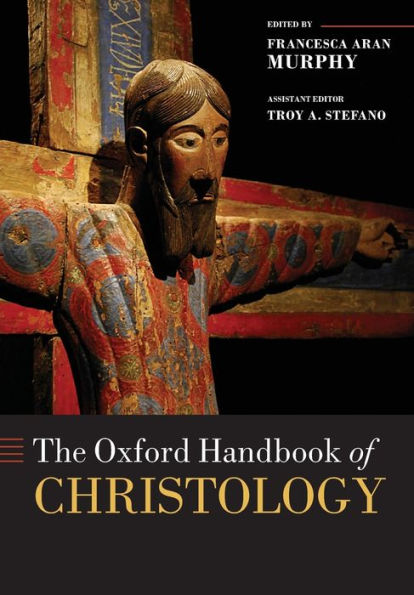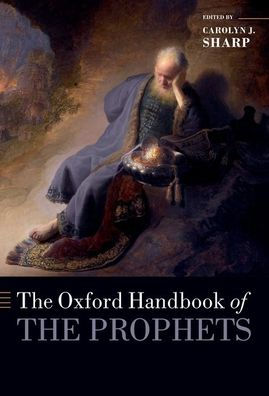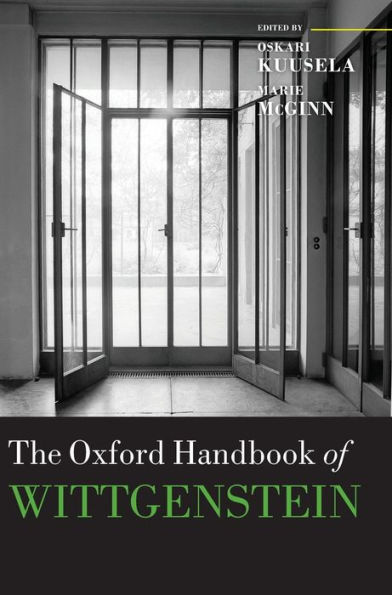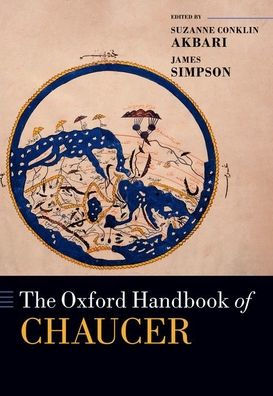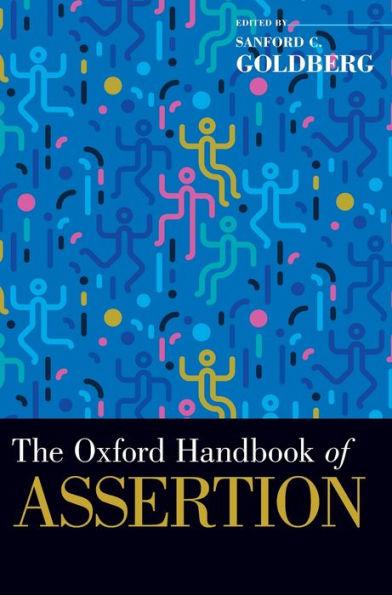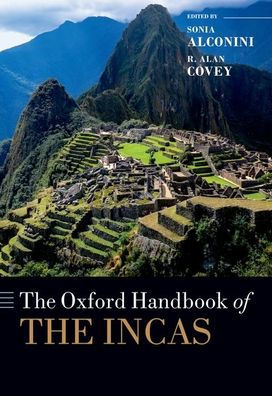Home
The Oxford Handbook of Community Singing
Barnes and Noble
The Oxford Handbook of Community Singing
Current price: $238.00
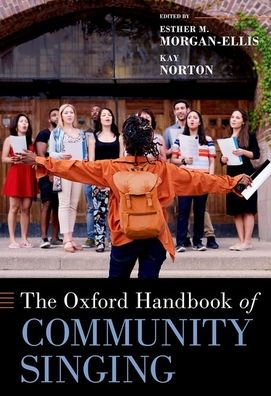

Barnes and Noble
The Oxford Handbook of Community Singing
Current price: $238.00
Size: Hardcover
Loading Inventory...
*Product information may vary - to confirm product availability, pricing, shipping and return information please contact Barnes and Noble
The Oxford Handbook of Community Singing
embraces an open-ended interpretation of socio-musical practices that can be described with the term community singing. The volume exemplifies community singing as an interdisciplinary field of study that encompasses diverse methodologies and objects of inquiry, and in the process brings together recent research from the fields that have historically engaged with the practice of group singing, including group dynamics, ethnomusicology, music history, music education, music therapy, community music, church music, music performance, sociology, political science, Latin American and North American studies, media studies, embodied psychology, theology, and philosophy.
Chapters are divided into eight interdisciplinary sections: "Media and the Imagination of Community", "Singing in Place-Based Communities", "The Practitioner's Perspective", "Identity: Values, Ethnicity, and Inherited Culture", "Identity: Politics, Patriotism, and Assimilation", "Transgressing Borders, Seeking Asylum", "Singing and Political Action", and "New Paradigms". Each is prefaced with an introduction that traces the common threads running through the methodologically and topically diverse chapters that examine culturally specific narrow instances of community singing, each confined to a given time and place, in significant detail.
The chapters explore community singing as one of two phenomena: the practice of singing
as
communitythe utilization of collective song by communities of place or preference, and the singing of community
into existence
the creation or identification of a new community, through singing, that did not exist before. Both practices can profoundly affect participants.
The Handbook
considers why communities are motivated to sing, what their activities mean, and how practitioners can improve the experience of singing together.
embraces an open-ended interpretation of socio-musical practices that can be described with the term community singing. The volume exemplifies community singing as an interdisciplinary field of study that encompasses diverse methodologies and objects of inquiry, and in the process brings together recent research from the fields that have historically engaged with the practice of group singing, including group dynamics, ethnomusicology, music history, music education, music therapy, community music, church music, music performance, sociology, political science, Latin American and North American studies, media studies, embodied psychology, theology, and philosophy.
Chapters are divided into eight interdisciplinary sections: "Media and the Imagination of Community", "Singing in Place-Based Communities", "The Practitioner's Perspective", "Identity: Values, Ethnicity, and Inherited Culture", "Identity: Politics, Patriotism, and Assimilation", "Transgressing Borders, Seeking Asylum", "Singing and Political Action", and "New Paradigms". Each is prefaced with an introduction that traces the common threads running through the methodologically and topically diverse chapters that examine culturally specific narrow instances of community singing, each confined to a given time and place, in significant detail.
The chapters explore community singing as one of two phenomena: the practice of singing
as
communitythe utilization of collective song by communities of place or preference, and the singing of community
into existence
the creation or identification of a new community, through singing, that did not exist before. Both practices can profoundly affect participants.
The Handbook
considers why communities are motivated to sing, what their activities mean, and how practitioners can improve the experience of singing together.
